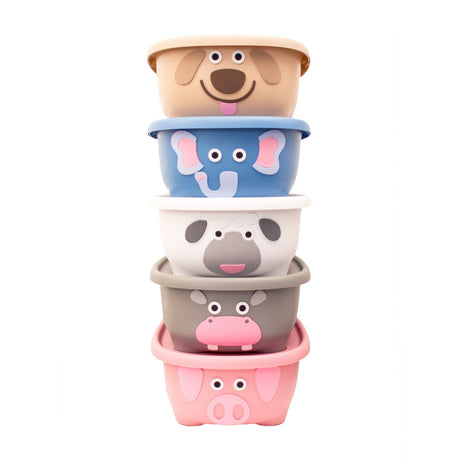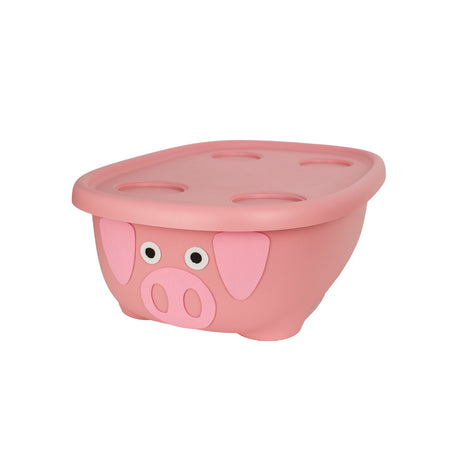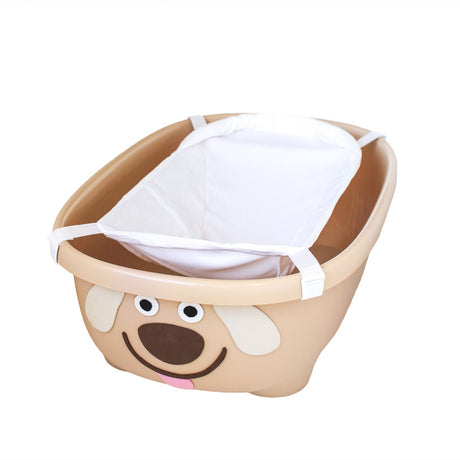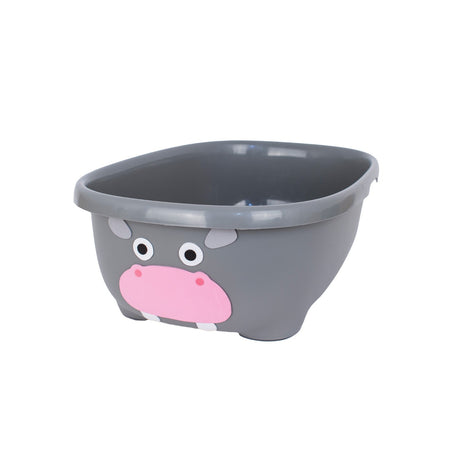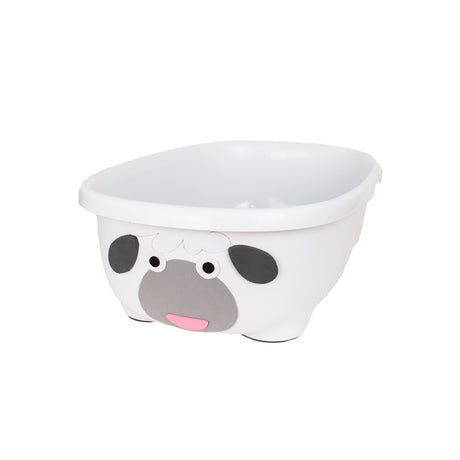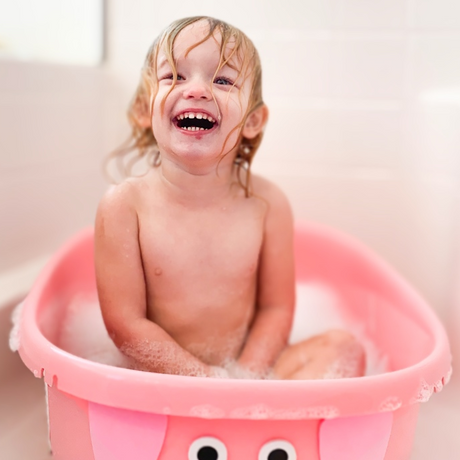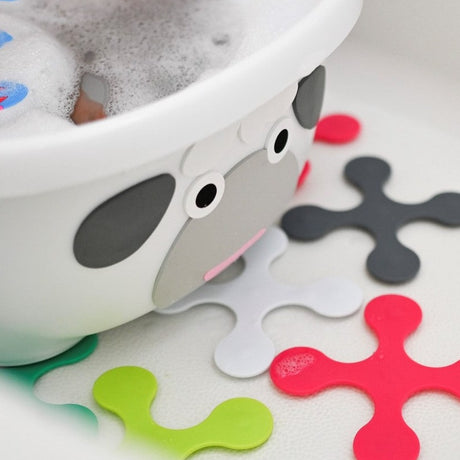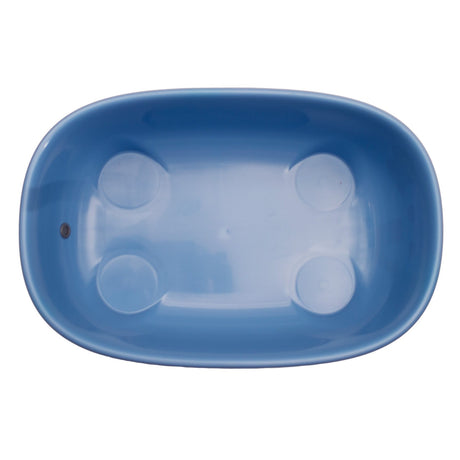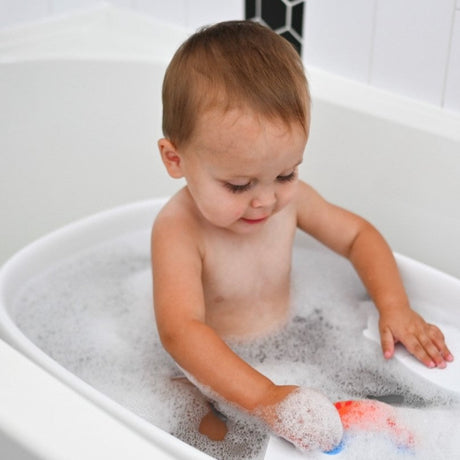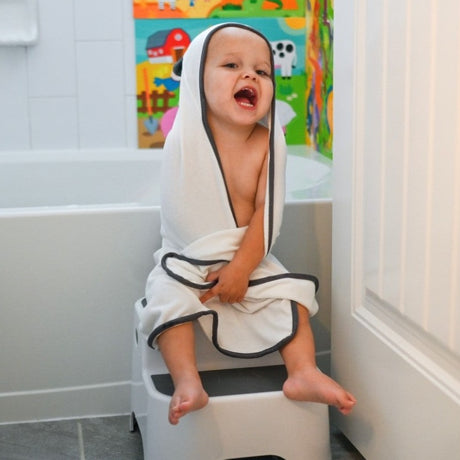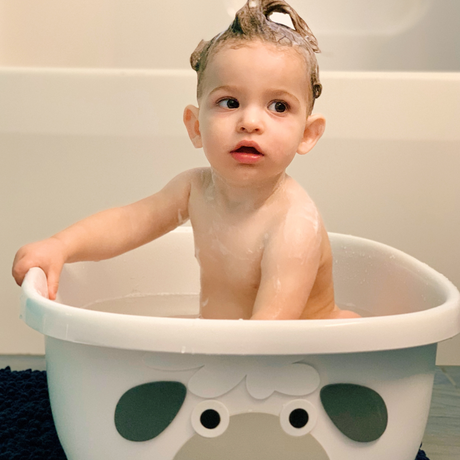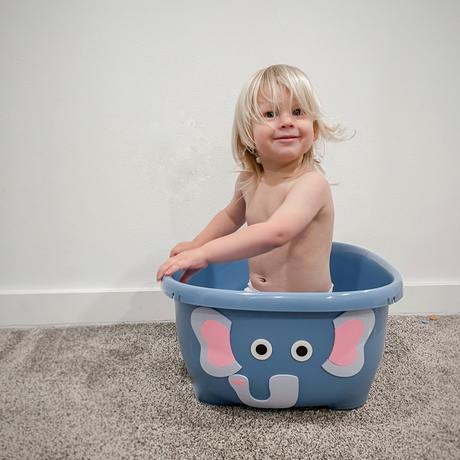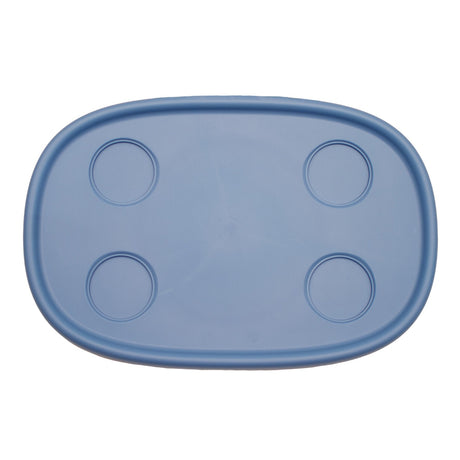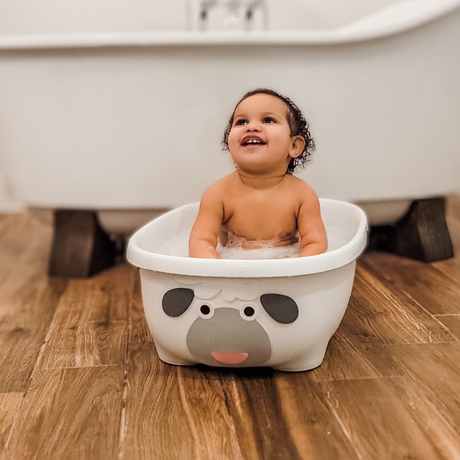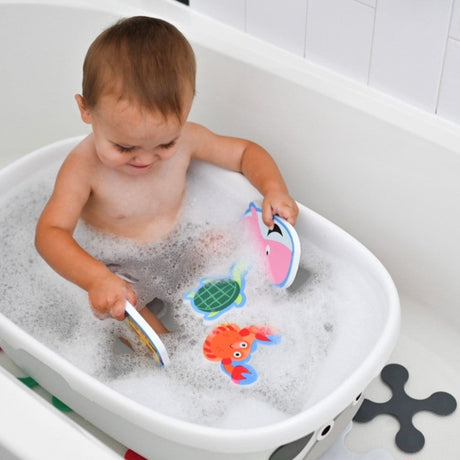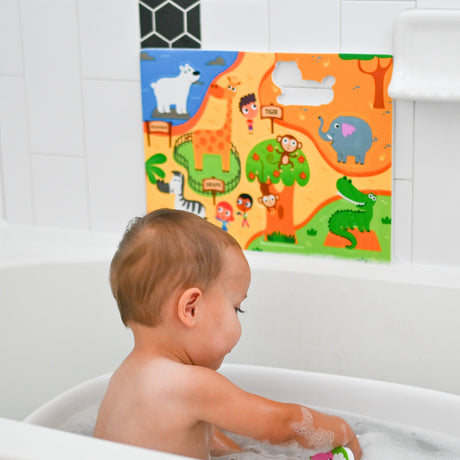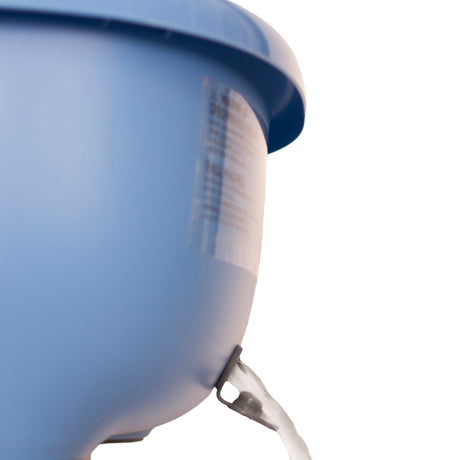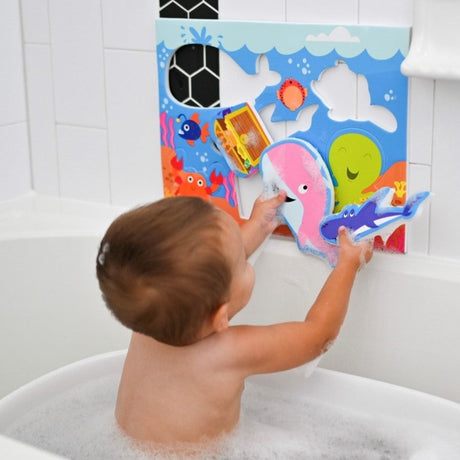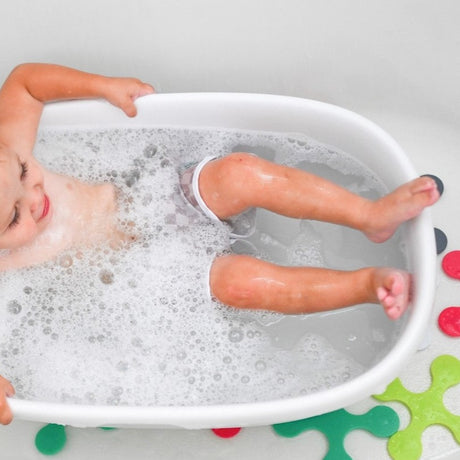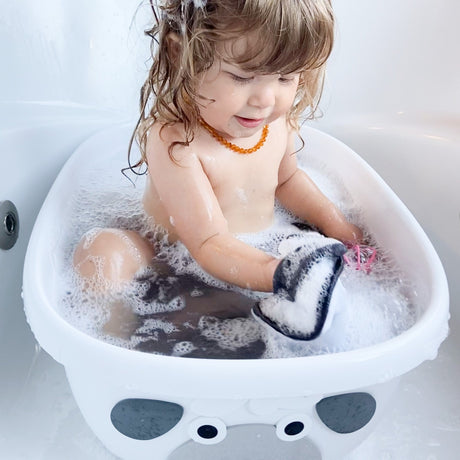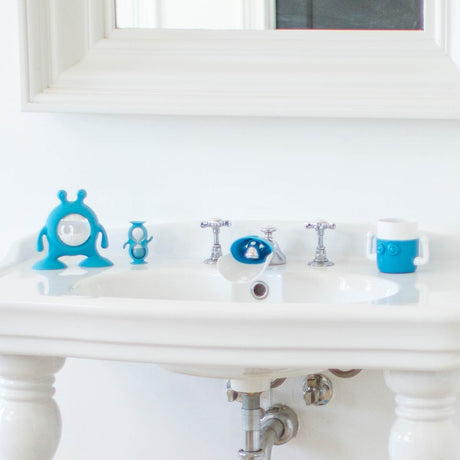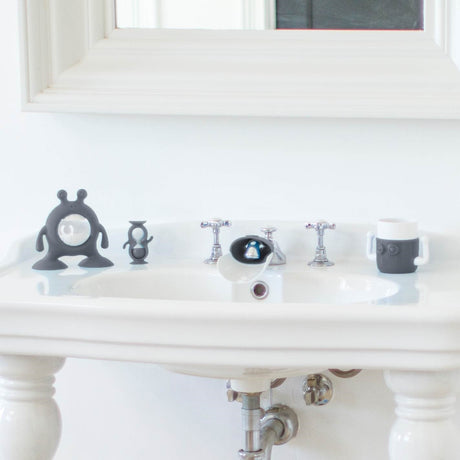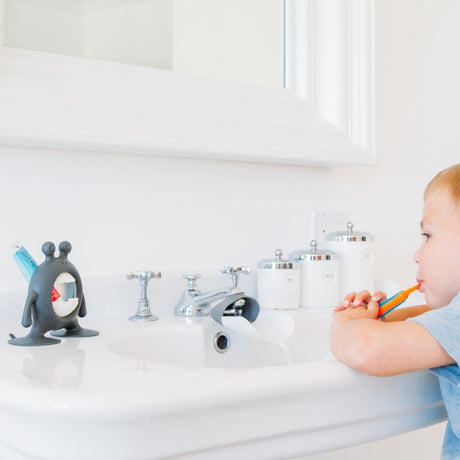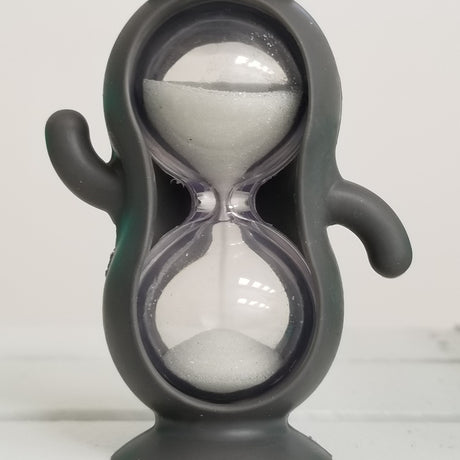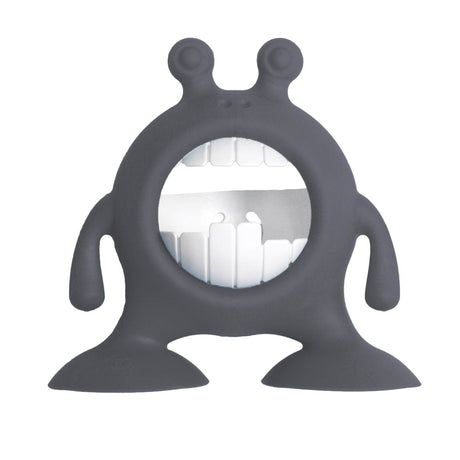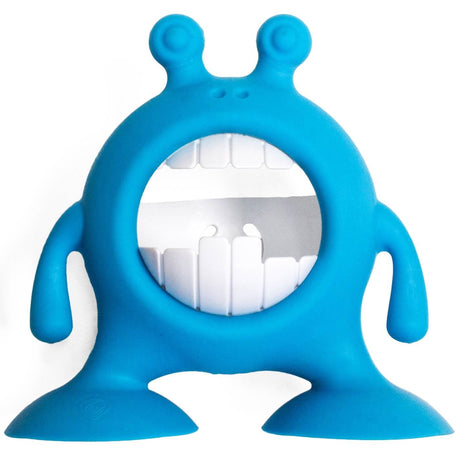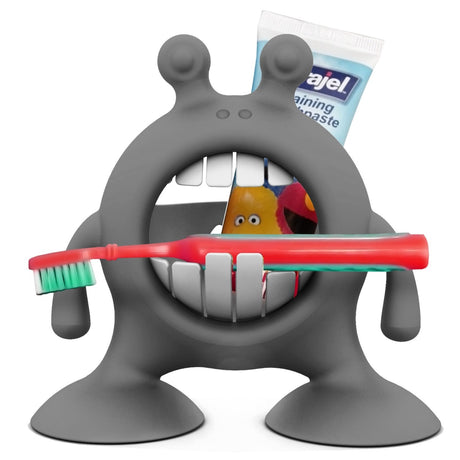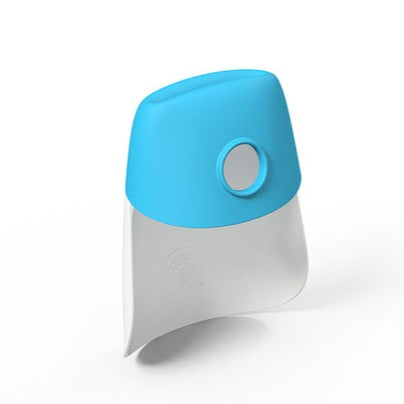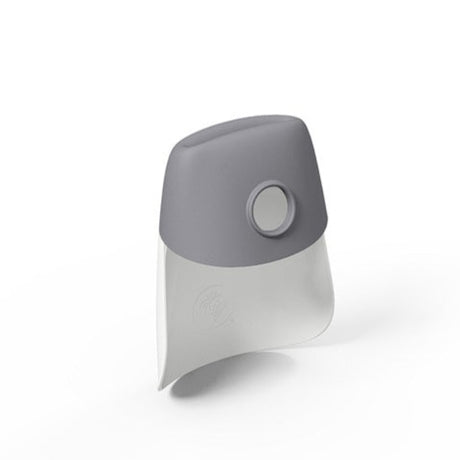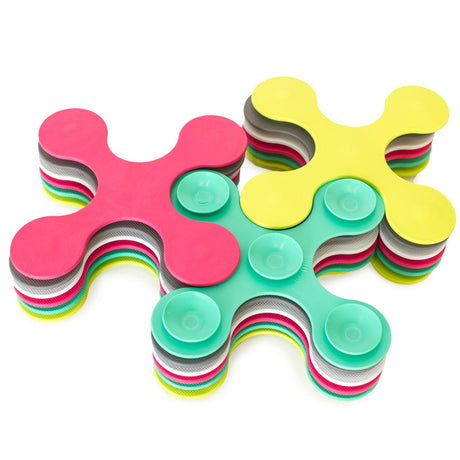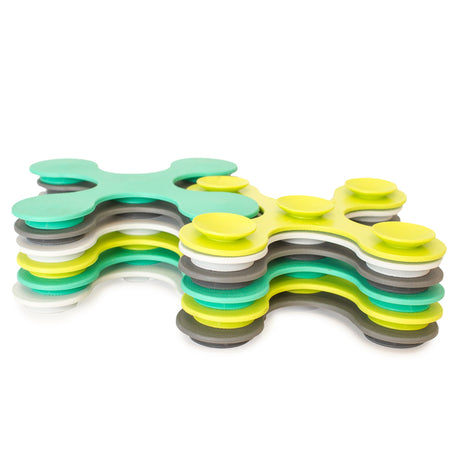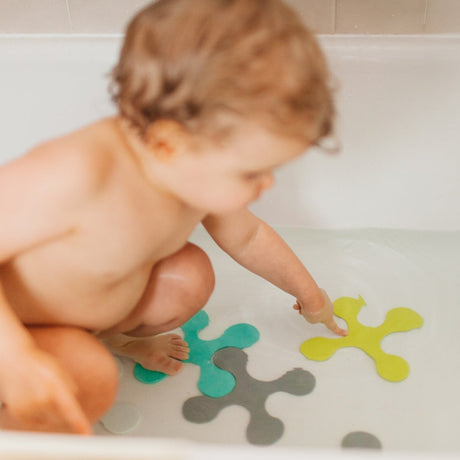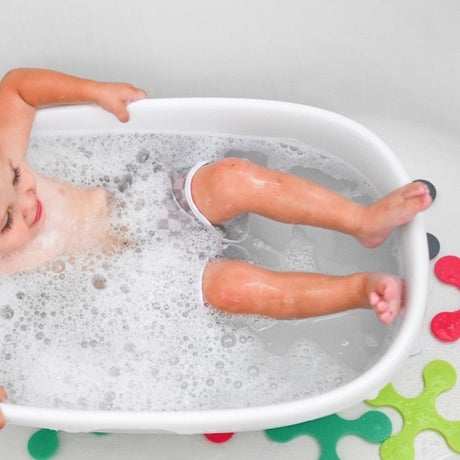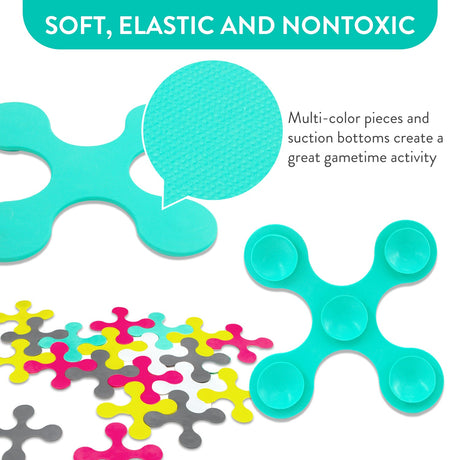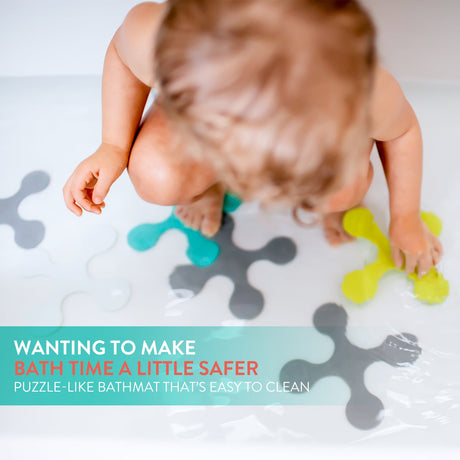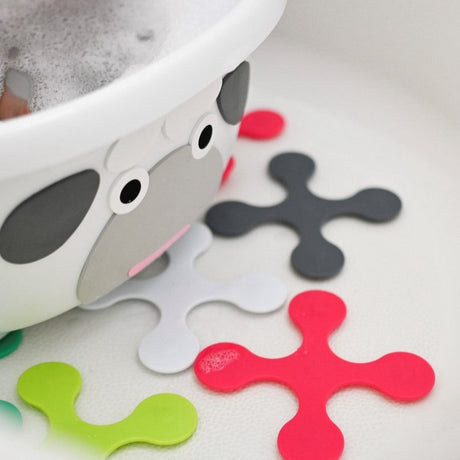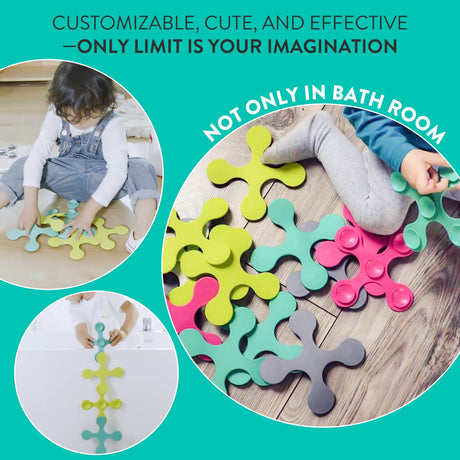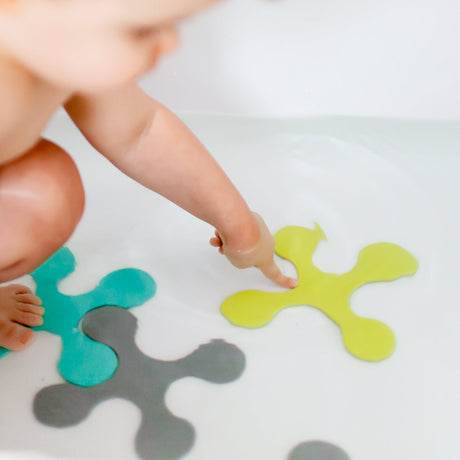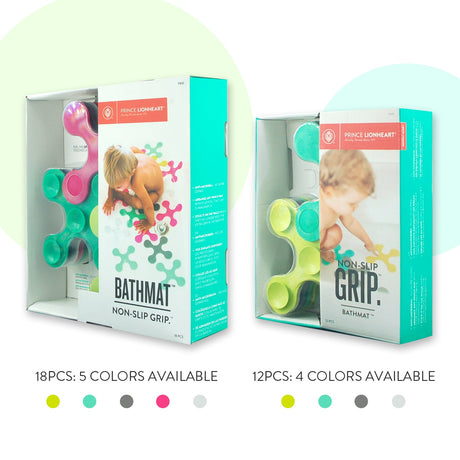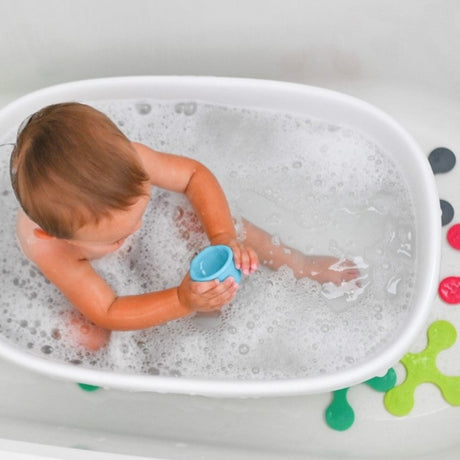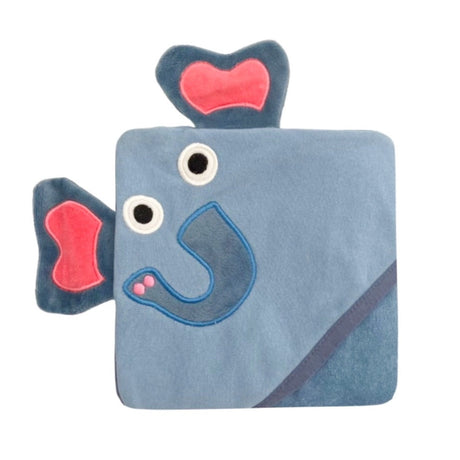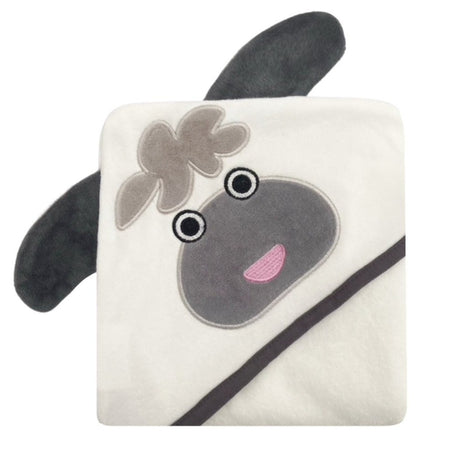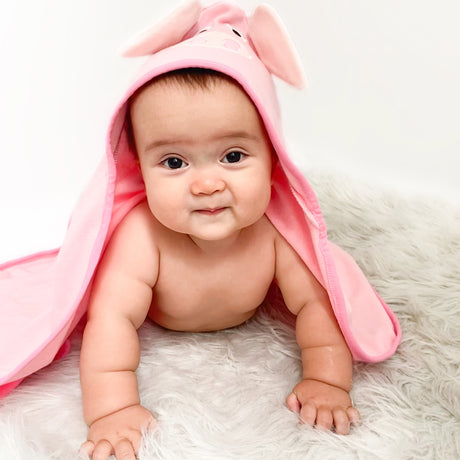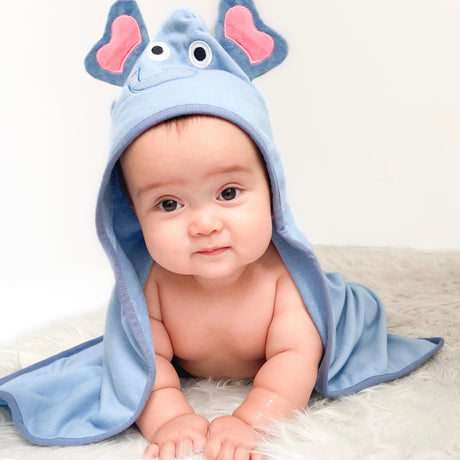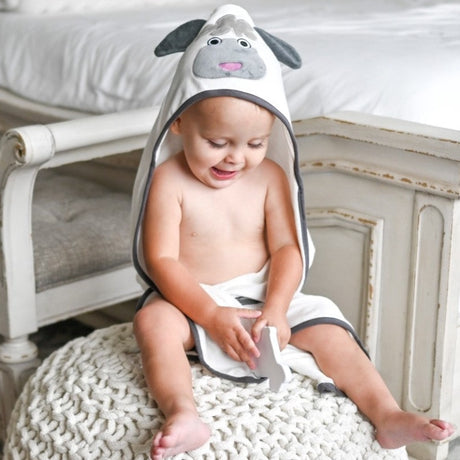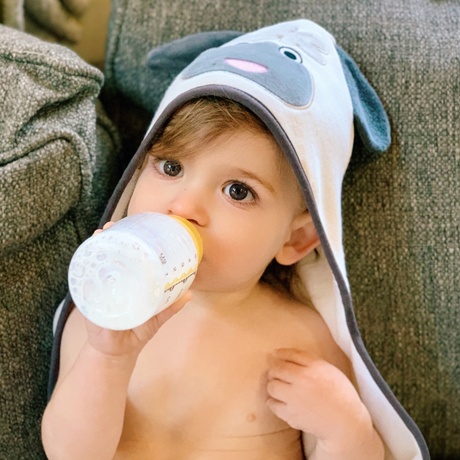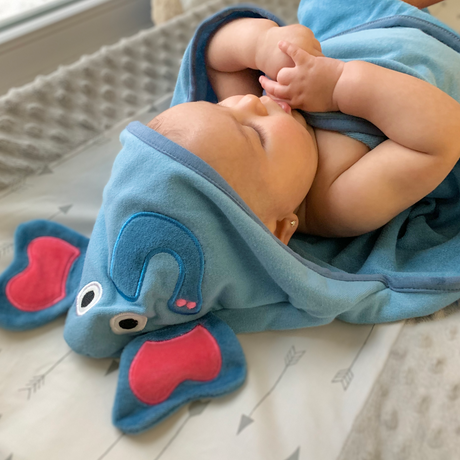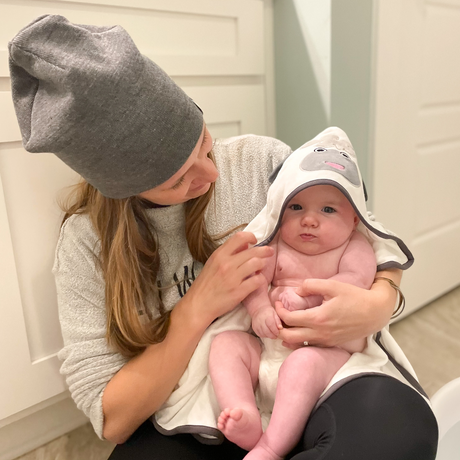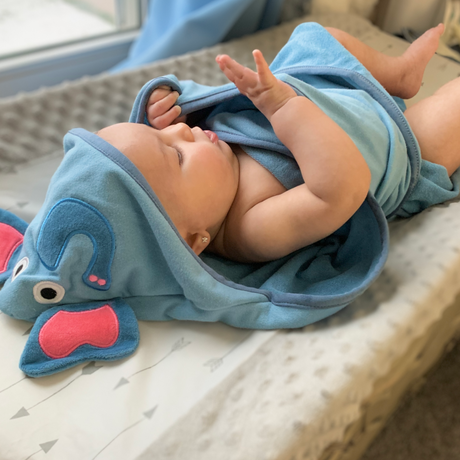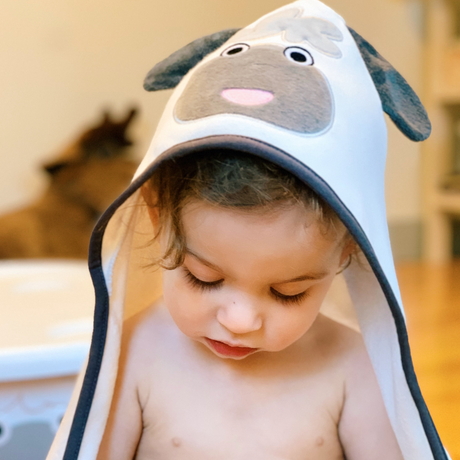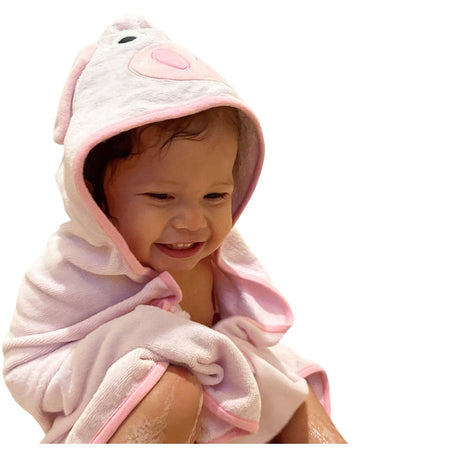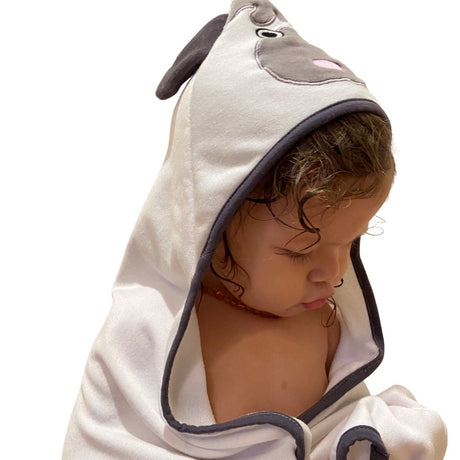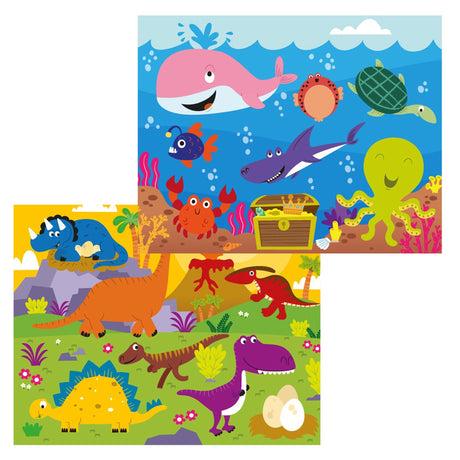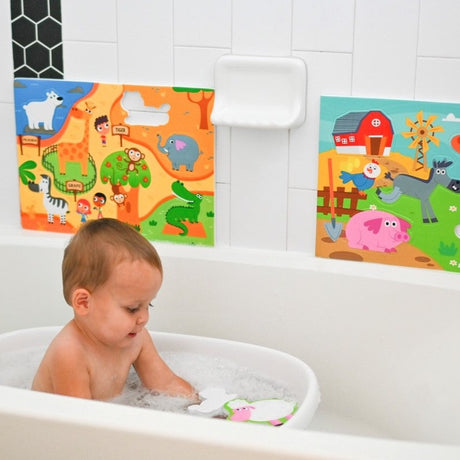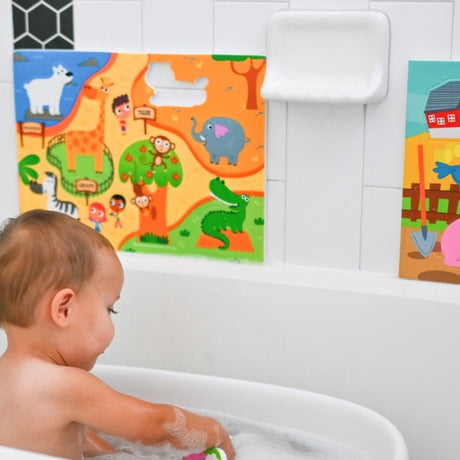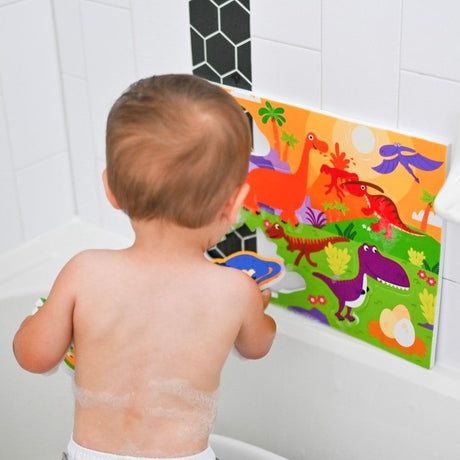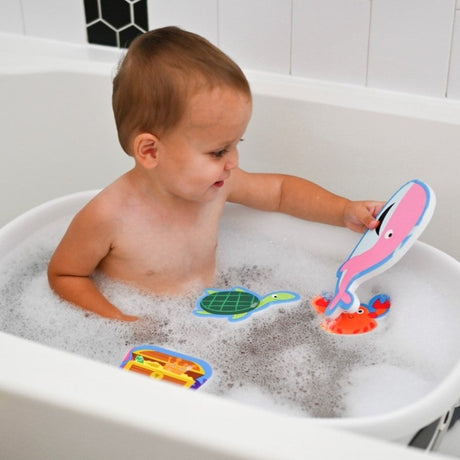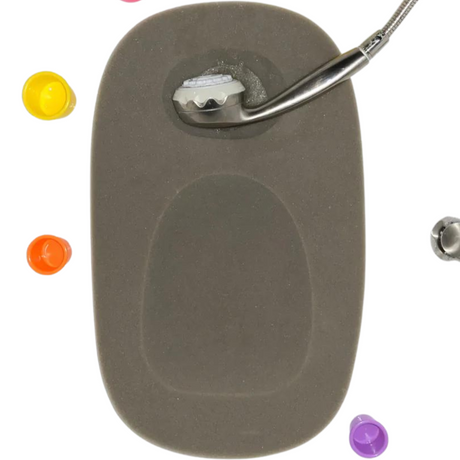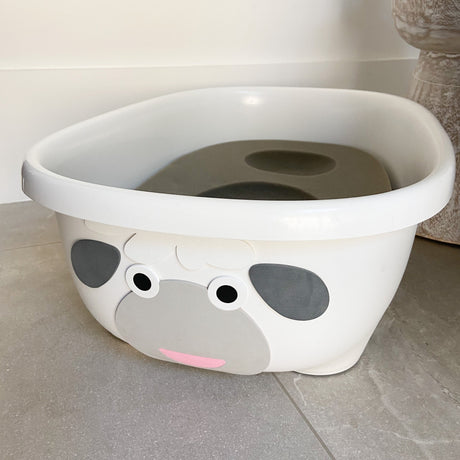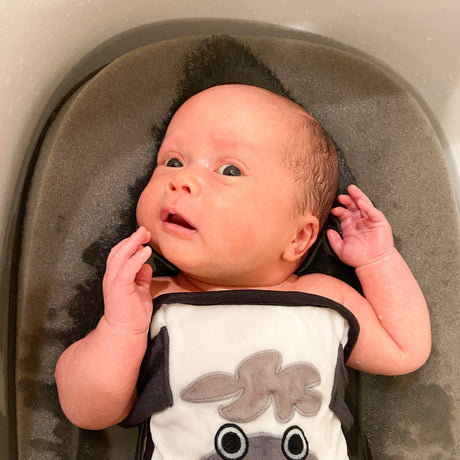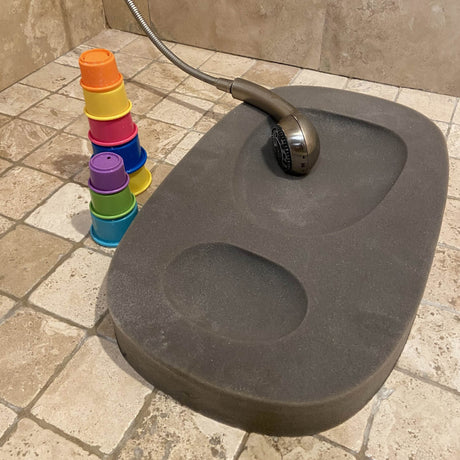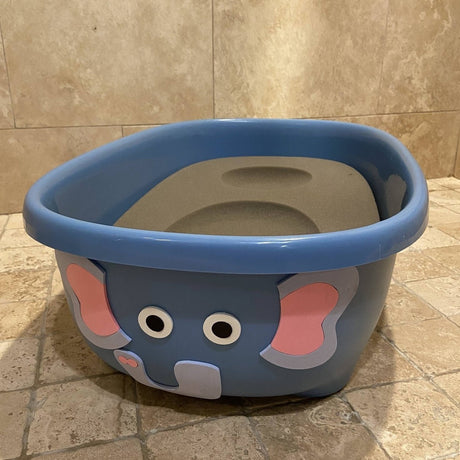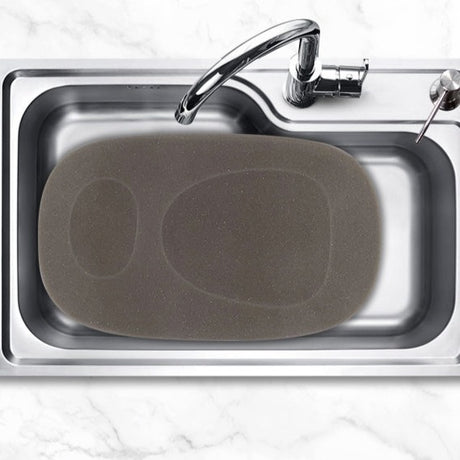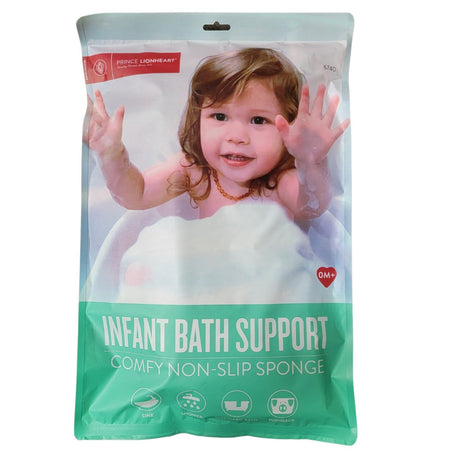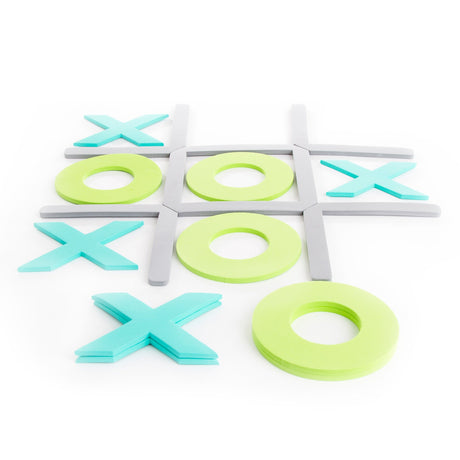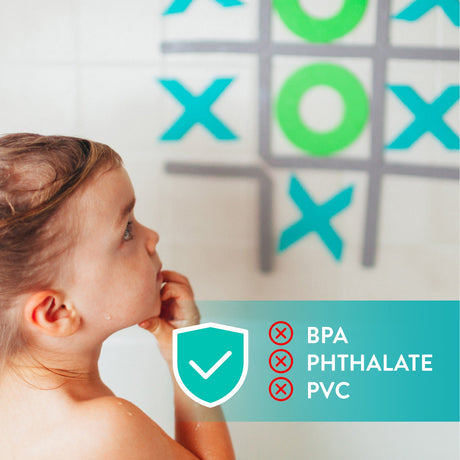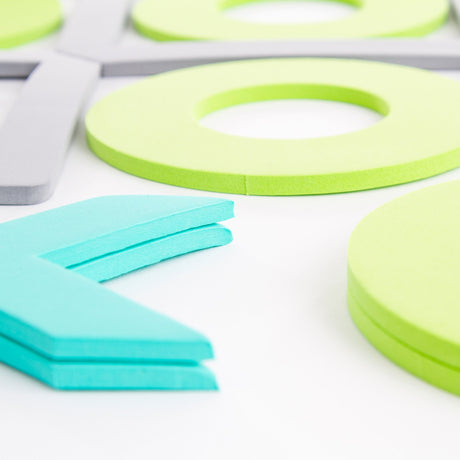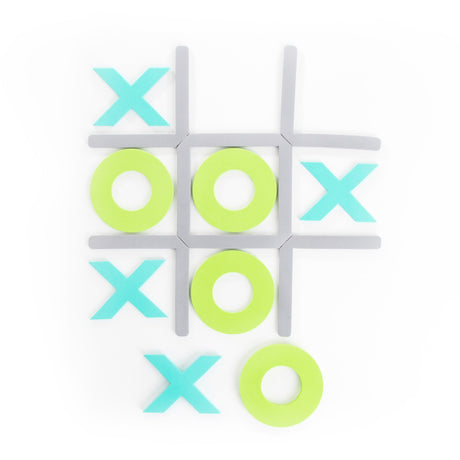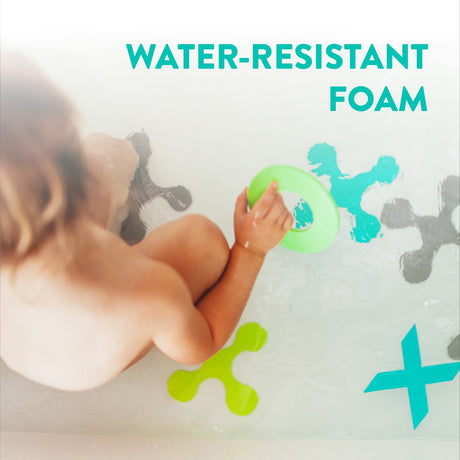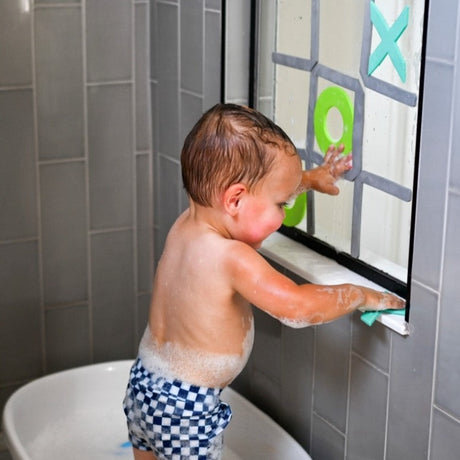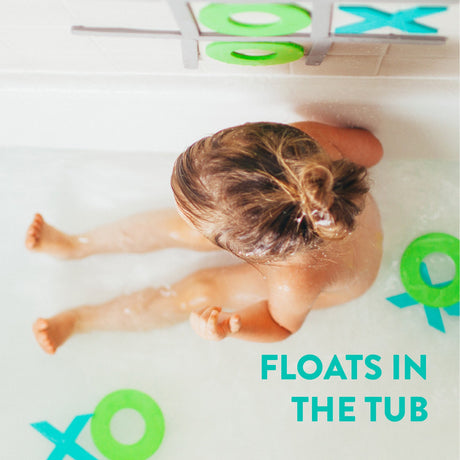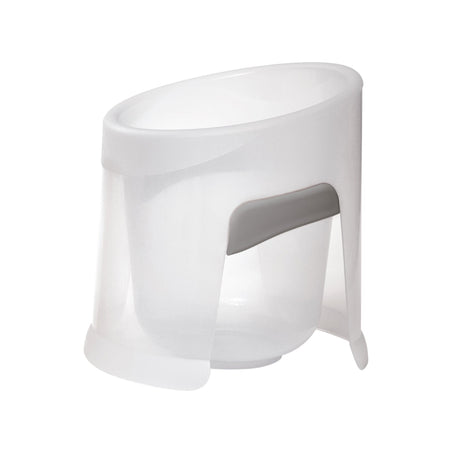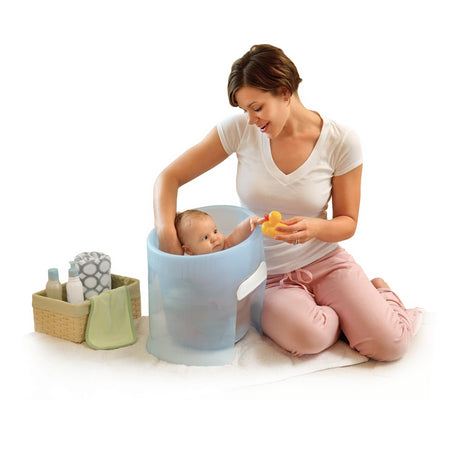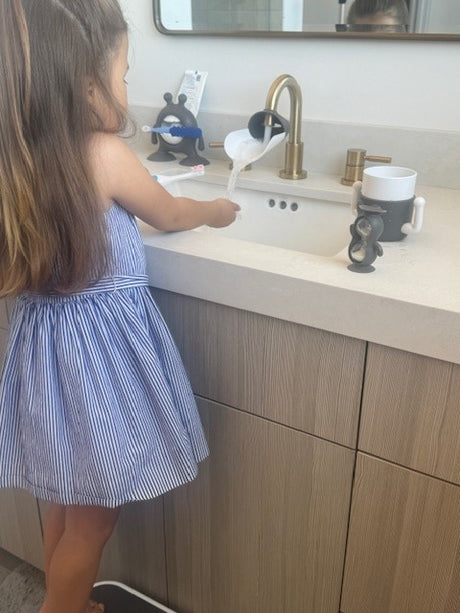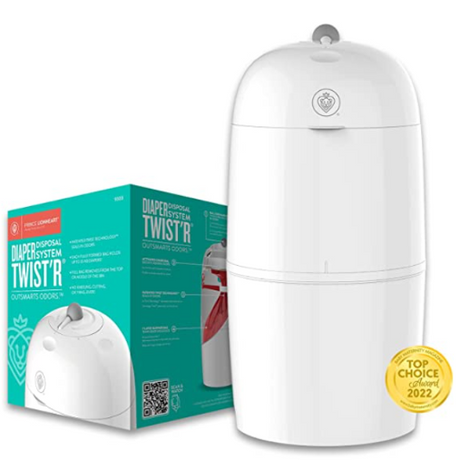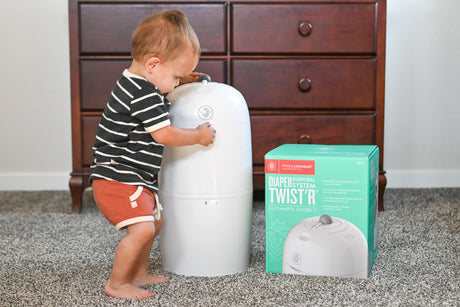Kim’s Background:
Kim started the potty training journey with her own daughter during the beginning of the pandemic and she could feel the pressure and mom guilt, because her friends had already successfully potty trained their little ones. Kim struggled until she finally gave up. It was then she realized her approach and expectations were unrealistic and started to do her own research. After 2 years of evidence based research she put together a stress-fee, no fights potty training course for parents and a reward game to make potty training fun and self-motivate children to go potty.
Specific potty training questions
- My 2.5-year-old does not tell me when he needs to go to the potty? How can I encourage verbal communication before he needs to go on the potty?
“The first step is to try and recognize your little ones’ cues and then help identify these.
Once you learn your child’s cues you are able to prompt your child.For example, if your child’s cues are squeezing their knees together or staring at space or curling their toes – tell them, ‘I can see you have the feeling, so let’s go to the potty together.’ Help them identify that funny feeling and teach them to look internally for their own cues. Through your continuous reinforcements and prompts your little one will soon be able to identify those feelings and will associate it with going to the potty.”
- When I start potty training what schedule should I follow? How do I know when to go sit on the potty with my little one? After meals? Every 45 minutes?
“I do not recommend following a schedule like taking your little one to the potty every 45 minutes, because it is not natural. It doesn’t teach your child to listen to their signals, and those signals are key for potty training. This is exactly what we are trying to teach our children. If you enforce a potty break every 45 minutes it could disrupt your child’s playtime, leading to resistance and power struggles which is something we want to avoid while potty training.
Potty training routines that you may want to incorporate is to use the potty in the morning after they wake up, or before you go outdoors, or after a nap or a meal, etc. If you have the same routine everyday it will help your child self-regulate.”
- I have no idea where to start with my 29 months old. He doesn't even sit on the potty. Whenever I try to talk about potty training he seems to ignore me.
“I’d say really get your child engaged with the potty training process and think of different ideas on how you can make potty training more fun for your little one. Let your child sit on the potty while playing with their favorite toy or pretend to be super heroes and fly to bathroom! Take your little one to the store and let them choose their own potty! All of these things will help to get your little one engaged with potty training… build positive associations around toileting to minimize any fears and anxieties little ones have regarding potty training.”
- My toddler was excited to potty train and started going to the potty independently, but then one day regressed and started wetting the bed again. What can I do?
“Regression or set backs are a normal part of the potty training journey. It takes time for your child to master their new skill. It could be that your little one is just going through a period of forgetting or something in their lives caused a change to their routine and it is just their way of reacting to these changes. I recommend not to go back to diapers because it confuses your little one. They associate the feeling of diapers with not listening to their body and being comfortable in wetness. If you need, go back to some bottomless time to get them back on track. But I wouldn’t be too worried about regressions, be patient and keep going!”
- My toddler tells me when she has to poop, but she is scared to sit on the potty without a diaper (with a diaper it is ok). What can I do?
“The good news is that she is telling you that she has to go to the potty. It is great that she is starting to sit on the potty. Your child is comforted by her diaper and she is probably scared of going to the potty. It is a common fear for children during that time. If your little one is still wearing diapers during the night, I would suggest removing diapers all together, do not push it, do it gently and with patience. Focus on normalizing the idea of going wee or poo on the potty and show your little one that it is safe to go on the potty. If accidents happen do not overreact, play-it-cool and be supportive.”
- We leave the diaper off around the house but when she needs to go, she asks for a diaper. Does that mean she is not ready?
“It sounds like she is ready and it sounds like she understands the body’s signals, so I’d suggest starting potty training!”
- My son sits on the toilet but doesn’t do anything. He knows that pee and poop go into the toilet but is being very lazy. He keeps holding on and keeps having accidents. Rewards haven’t helped him at all. Any suggestions?
“Maybe your little one has not learned the connection between having the urge to go to the potty and actually going wee or poo on the potty. Try modeling behavior yourself and with their favorite toys, a reward chart etc. Watch your little ones’ cues and take him to the potty once you see those cues.”
- I need help with intentional accidents / toilet laziness. An almost 3-year-old who we've been training for 8 weeks. Knows exactly what to do, will do her morning wee/poo in the potty with no issues but from then on just won’t. Has amazing bladder control so most of her dryness seems to be her holding it in until I put on her diaper at lunchtime / nighttime. Doesn’t care about being wet. I’ve tried reward charts, stickers, lollipops, TV time, outings, withholding toys, undies, no undies. I don't know what to do! Is it bad to give up and go back to diapers? What do you suggest in this situation?
“Remove the diapers all together, remove them during night time/remove them during naps, otherwise you are giving your child the opportunity to rely on the comfort of diapers. It sounds like your child has great bladder control, so maybe they are absolutely ready for those long stretches at night. But if that gives you anxiety you could try cloth diapers overnight or training pants. Take her to the potty upon wake up, before bed, after meals, etc.”
- My son only poops while he is sleeping at night and I have no idea how to teach him to do this in the potty since there is no opportunity to do so at night. What can you suggest?
“The issue could be that your child is still wearing diapers during the night, a diaper is comforting for them and this sends mixed signals - that they can wait to use their diaper instead of listening to their bodies. So I would remove diapers at night.
I also suggest changing your child’s bowel schedule to encourage this earlier in the day. For example, try to feed your little one an earlier dinner, move high fiber foods to earlier in the day, encourage more liquids earlier in the day, more movement in the day and see if that will help solve the problem.”
- 2.5-year-old was doing amazing, has been doing all his poop on the potty for some time, no accidents in pants at all but now all of the sudden won't poop on the potty anymore and says it hurts and I find he is doing it over night when he still has his diaper on. Not sure what changed or how to get him back on track.
“If your child is saying it hurts – it may be constipation. First treat the constipation, before worrying about the potty training part. Make sure there is a no pressure approach when a kid is scared of the pain of going to the potty. The priority is to solve the constipation, increase fluids, address your child’s diet, increase liquids, movement, consult a doctor and add some supplements. If your little one is afraid of pooping, try to normalize the idea of pooping by reading books, letting your child throw their poop away in the toilet, explaining what it is and where it goes!”
- My son is 3 in a few months. He is wee trained but will NOT under any circumstances poo on the toilet. He goes during nap time or overnight diaper and does not usually have any accidents in his undies. But when at daycare will usually have a poo accident most days. What can I do?
“When your child is withholding or avoiding the toilet I would first look into constipation. Try to build confidence and help your child feel safe when on the potty. Maybe they don’t have the right posture when sitting on the potty to help them poo. Ensuring the environment is safe and secure and will help your little one get into the right position to poop. Ask your little one where he/she would feel most comfortable to poop. Maybe moving the potty into a different room will help your little one with privacy and to feel comfortable enough to go on the potty.”, says Kim.
- When potty training, would you recommend day and night potty training simultaneously?
“Most kids are usually night potty trained about 6 months after being fully day time potty trained. But if you would like to day and night potty train simultaneously it is absolutely possible. It has the advantage of sending a very clear message to your child that they can’t rely on diapers and must listen to their bodies.
Parents are looking for a dry diaper in the morning to determine if their child is ready, but the reality is they are ready a lot earlier than parents think! Most of the time kids actually pee upon wake up. So If you check their diaper around 20 minutes before their usual wake up time and it’s dry for a few days, they may be ready! What it really comes down to however, if your child is waking up with a dry diaper and you have the mental capacity to take on both at the same time, then go for it. If it’s too much at once and you want to preserve your sleep, then I recommend tackling days first.”
